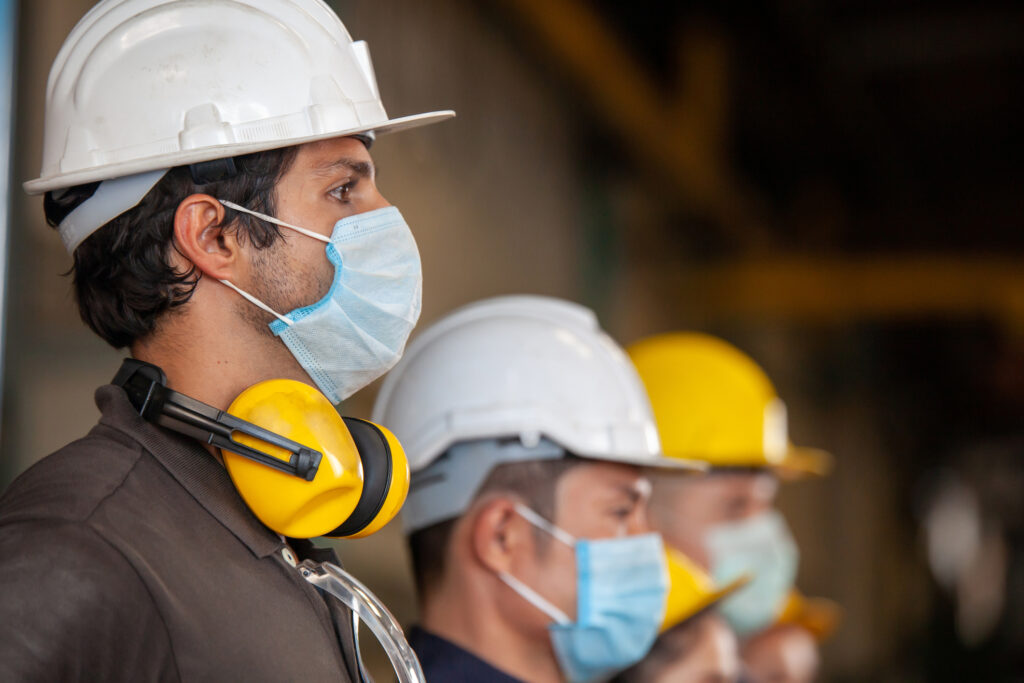As the Infrastructure Investment and Jobs Act slowly gets implemented across the country, businesses are desperately seeking skilled workers to meet the coming demand. Baby Boomers are aging out of the workforce and fewer young people are replacing them, leaving massive gaps in important industries like construction, mechanical services, and trucking – all needed to rebuild and strengthen America’s roads, bridges, water infrastructure, and other large-scale projects.
Recent surveys show that the American construction industry, in particular, faces a shortage of at least 2 million workers, which will persist through 2025 if trends continue. Almost 90 percent of commercial-construction contractors report significant difficulty finding skilled workers; as a result, one-third of these contractors cannot accept new work. The worker shortage is extending to other sectors that will be important for implementing the infrastructure plan, including the mechanical, engineering, and materials industries.
Construction work today is not the construction work of yesterday. After working for years in the industry, I know firsthand that the work needed to rebuild America’s infrastructure will require more than just hammering nails and pouring concrete. Construction requires educated, skilled workers with specific training.
Fortunately, for-profit schools are helping students develop their skills in areas like crane and heavy-equipment operation, soil and erosion control, welding, hydraulics, and truck driving. This education model helps engage some of the brightest and most eager non-traditional students – working parents seeking a career change, first-generation Americans, high school dropouts, and many others. These students seek the job training and skills needed on Day One – the skills needed not only to rebuild, but to replace and repair, America’s aging infrastructure.
For-profit colleges and universities provide a valuable opportunity to individuals looking to change their career paths or provide for their families. The flexible and specialized programs get students into the workforce as quickly and effectively as possible. The United States relies on these students: they make up 41 percent of HVAC installers and mechanics and 48 percent of new truck drivers. Each of these workers is key to closing the labor-shortage gap within the construction industry.
Today, our economy and infrastructure development hinge on our investment in the next generation of skilled workers. As we begin to restore our roads, bridges, and highways, change lead pipes, and boost access to broadband, we need workers equipped to tackle these challenges. Without them, the skills gaps will only widen – and the shortages will only grow.
Cory Albano is the chief operating officer at the Heavy Equipment Colleges of America and a former construction area manager.
Originally published by RealClearEducation. Republished with permission.
